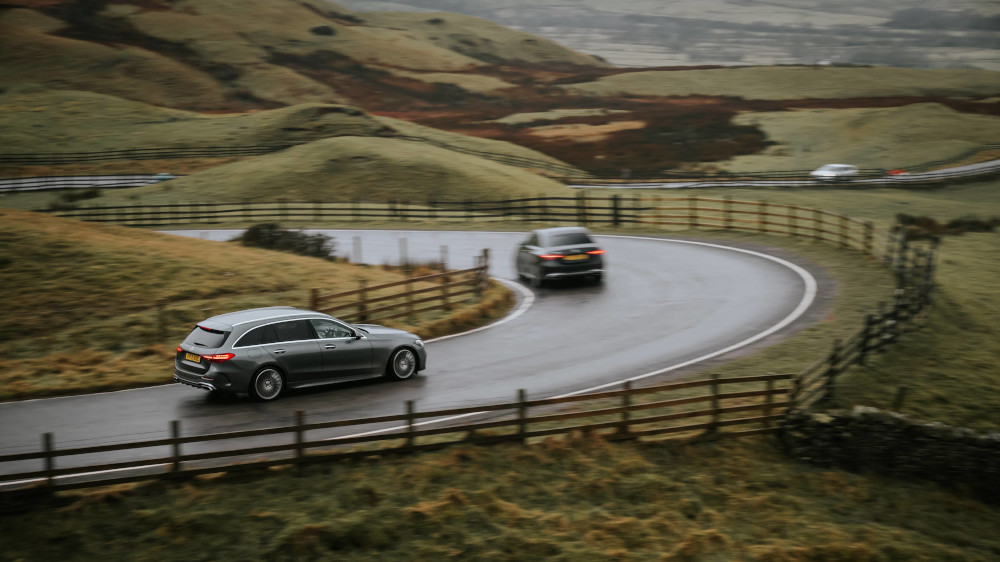All You Need To Know About Engines
What does engine size mean?
The size of an engine basically means the capacity its pistons have to push through air and fuel, across all of its cylinders. This is also known as displacement, and the measurement is in cubic centimetres (cc). For instance, a two-cylinder 1,000cc engine has the capacity to displace one litre of fuel and air - 500cc from each cylinder. This gives you a 1.0-litre engine. Engine size is rounded to the closest tenth of a litre, so a 1,020cc power unit would still be called a 1.0-litre engine, while a 1,160cc would be a 1.2-litre. Generally, the bigger the engine, the more fuel and air it can push through, so the more power you get - although turbochargers also have a say in this.
What does turbocharged mean?
Exhaust fumes are a mixture of hot gases that are being pumped away from an engine. They’re essentially a waste of energy as heat and kinetic energy disappears into the atmosphere. This is where a turbocharger comes in. The exhaust fumes drive a turbine, or fan, which pushes extra air - and crucially, oxygen - into the engine’s cylinders, allowing them to burn more fuel. This gives you more power, and means a smaller engine with a turbocharger can be more powerful than a larger one without. This is a major consideration to keep in mind when you’re deciding between engine sizes, especially if you’re looking for a car with some oomph.
1.0-1.2 Litre Engines
The smallest engines are usually found in the smallest types of cars. You’d typically find a 1.0 to 1.2-litre engine in a city car like the Toyota Aygo or a supermini such as the VW Polo. They aren’t very powerful, but they can still be quite nippy if the car doesn’t weigh very much. You’ll get a good fuel economy out of them, as the smaller capacity means less fuel is used. This is great if you mainly do a lot of stop/start driving, such as in a city where there are lots of traffic lights, or if you usually make short journeys.
It also means they usually have low emissions, but you sacrifice the power you get with a bigger engine for this. It’s also often the case that the economy you get on the motorway isn’t as good, as your smaller engine has to work harder to keep the speed up. If you’re looking for a car that’s mainly going to be used to pop to the shops or drop the kids off at school, a small engine like this could be perfect for you.
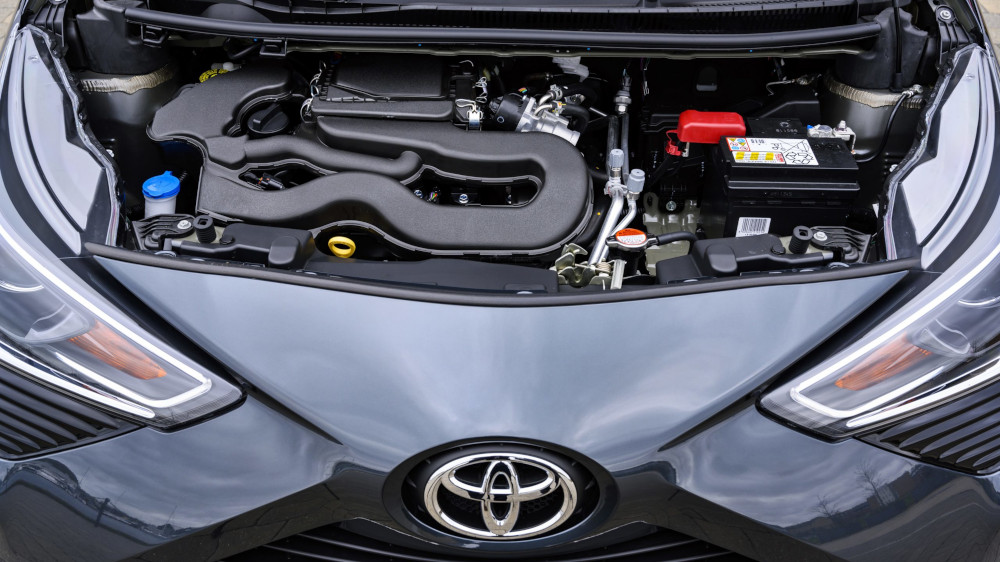
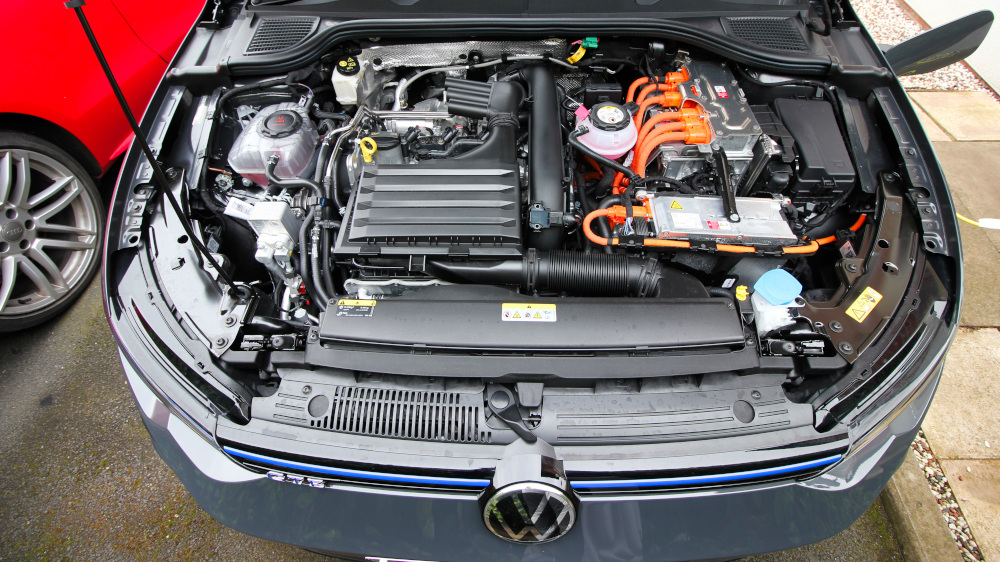
1.4-1.6 Litre Engines
If you’d prefer a little more power underneath you, or you do a mixture of short journeys and trips along the motorway, you might find that an engine between 1.4 and 1.6 litres works best for you. They’re still usually good on the fuel economy front, so you won’t have to pay too many visits to the petrol station if you mainly drive around town. While 1.4 and 1.6-litre engines have been popular for many years, Audi have just brought out a new range of 1.5-litre units, so this size is set to become more common.
This kind of engine could be good if, for example, you use your car for work in and around a town or city, but often find yourself making longer trips to see clients or customers further afield. You might compromise a little on the economy front, but there’s extra punch for overtaking, while cruising along the motorway should be quieter. This engine size is typical among compact hatchbacks such as the BMW 1 Series or VW Golf, where the extra size of the car brings a slightly higher element of refinement.
1.8-2.0 Litre Engines
As you’d, there’s clearly more power on offer when you get to 1.8 to 2.0-litre engines. This doesn’t always affect combined economy too much, if at all, so a bigger engine won’t necessarily mean it’s more expensive to run. This size of power unit is common among saloons, coupés and estates like the Audi A4 Avant, although you’ll also find it on performance compacts such as the Mercedes A Class. As they don’t carry much weight, they can be very quick and offer a very sporty ride if that’s what you’re looking for.
If you do most of your driving on the motorway, this size of engine could be your perfect match. Two-litre models of cars such as the BMW 3 Series Saloon or Mercedes E-Class Saloon are popular for business users covering lots of miles, with a comfortable ride provided by both the bigger engine and larger wheelbase. If you mainly do stop/start journeys around town though, this might not be the engine size for you.
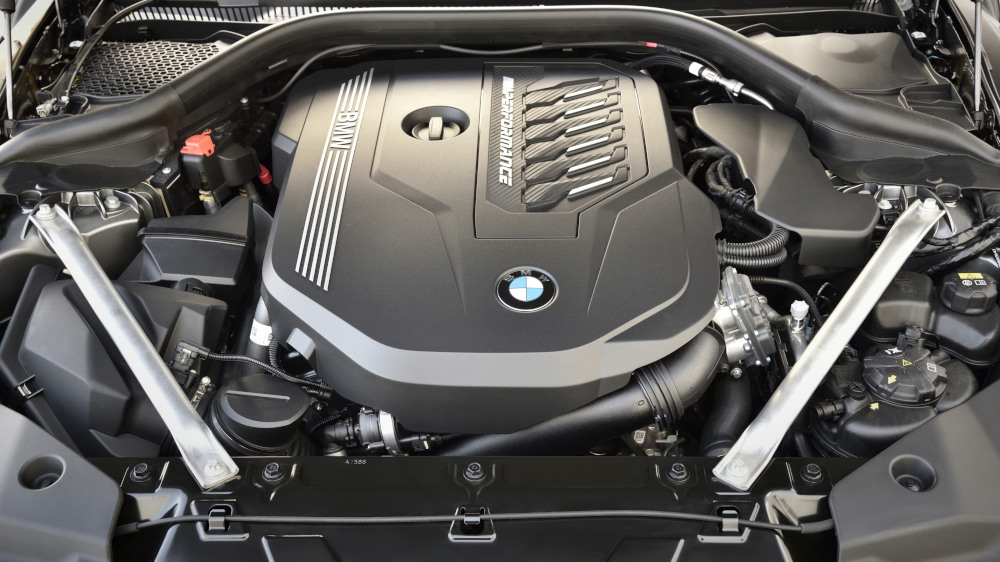
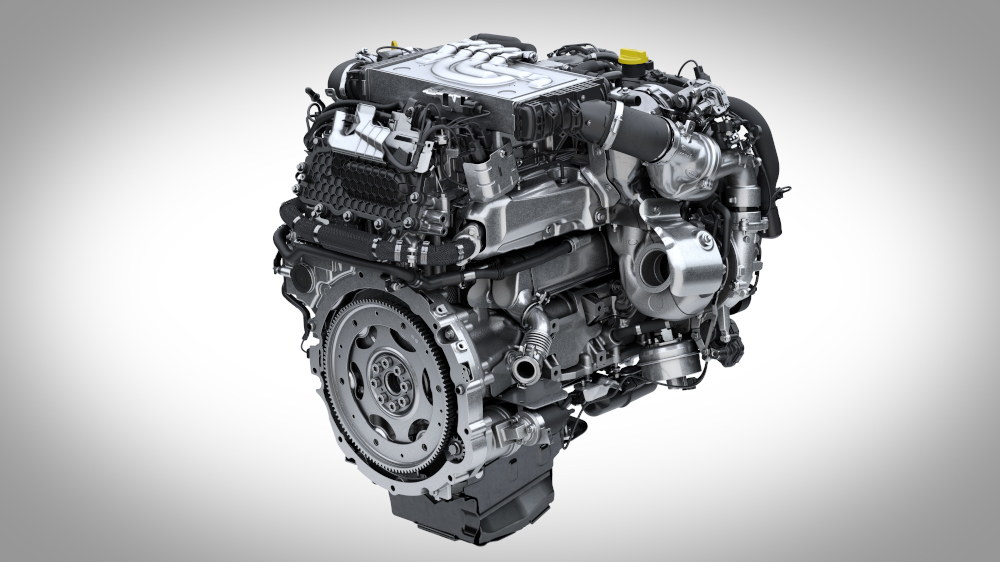
2.2-3.0 Litre Engines
Although plenty of 2.0-litre cars can be suitable for towing, anything above this is ideal for pulling things like heavy trailers or caravans. More power combined with more torque will give you the best experience when you’re towing the extra weight, which can put too much stress on smaller engines. Or, if you’re driving a sporty car like a coupé or performance saloon, this engine size is going to give you a much more exhilarating ride, as well as a louder, throatier noise to enjoy.
From coupés such as the 230i version of the BMW 2 Series, to estates like the 400 d 4MATIC model in the Mercedes E-Class Estate range, this size of engine can suit a wide range of drivers, particularly those looking for speed or practicality. If you’re looking for a powerful SUV, then this could also be the best engine size to haul around all that added weight, with the Audi Q7, for instance, starting with a 3.0-litre engine as the smallest size available. You’ll also find this engine size widely used in performance cars such as the Jaguar F-Type Convertible and BMW’s range of M Series cars, but models like this won’t be a good call if you’re after an economical motor.
3.5 Litre Engines And Over
As you move up to 3.5 litres and beyond, you’re in the realms of eye-watering performance engines. They’re suitable for people looking for some serious power in a sports car like the Mercedes-AMG C63 Coupé, which boasts a mighty 4.0-litre biturbo V8 power unit. However, you’ll also find a similar engine in the German manufacturer’s Mercedes-AMG E 63 4MATIC+ E-Class Estate, which offers 571hp in a practical package that’s as suitable for ferrying the kids and dogs around and towing the caravan, as it is for tearing along a race track.
A bigger engine can also bring your SUV up into a new level of powerful performance, as seen with the 4.0-litre version of the Audi Q8, or the supercharged 5.0-litre V8 edition of the Range Rover Sport. Or if money isn’t too much of an object, then you have the mind-blowing performance of the W16 8.0-litre engine in the Bugatti Chiron, successor to Volkswagen’s revered feat of engineering, the Veyron.
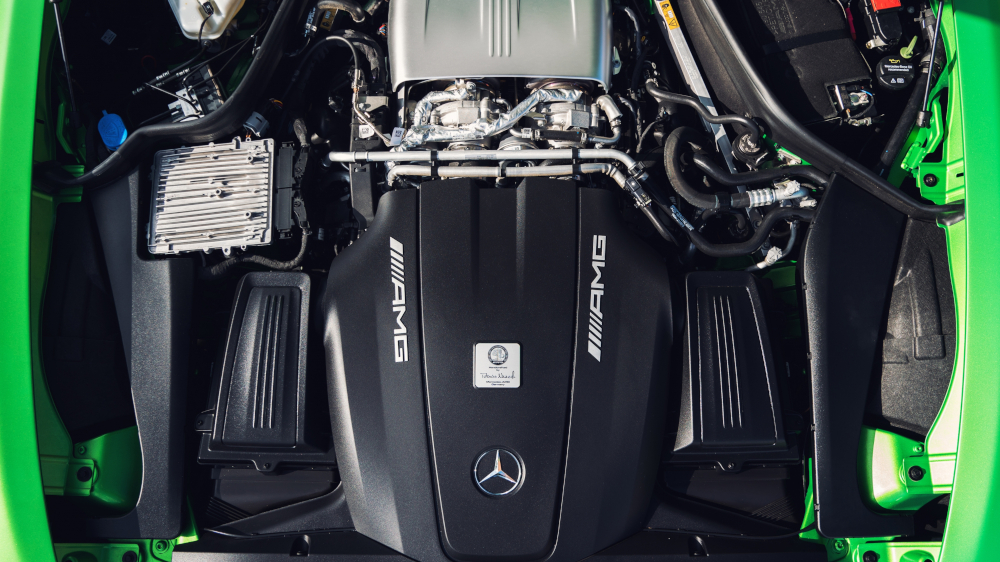
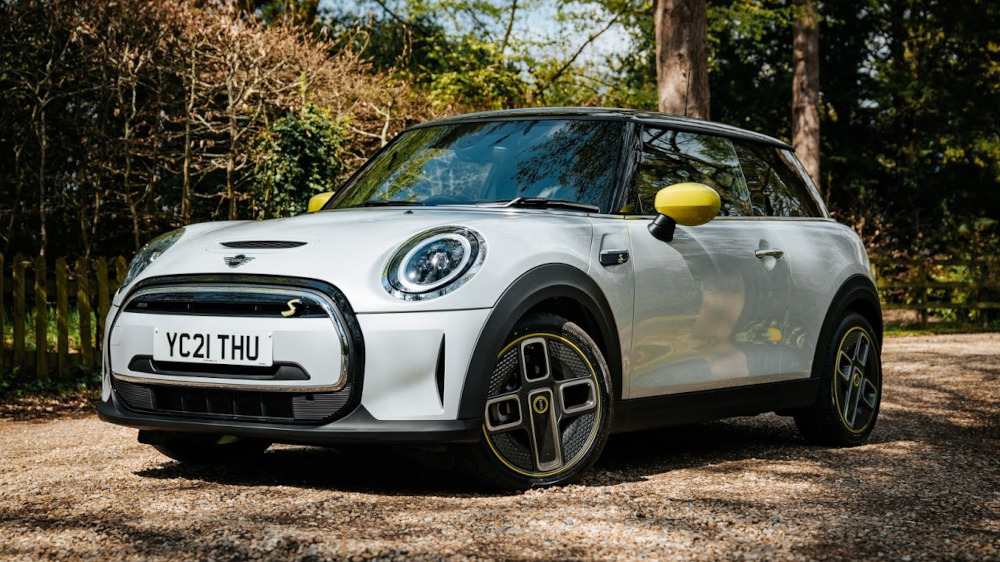
Electric Motors
With the news that by 2030 new petrol and diesel cars will no longer be sold it may be worth considering a plug-in hybrid (PHEV) model or a fully electric car.
A PHEV combines a petrol or diesel engine with an electric motor which you can charge by plugging or whilst driving and can provide an electric only range of upto 70 miles for shorter trips and a combustion engine for longer journeys.
Whereas a pure electric car uses an electric motor. There are more and more options if you are considering an electric car with many upgrades in technology. To find ou more browse our electric and hybrid page.
Other Considerations
Does car size matter?
As we’ve touched on, the size of a car has a massive bearing on how the engine inside it performs. You could put a 2.0-litre engine into a supermini and watch it fly off the mark, while the same engine in a big SUV would see it lag far behind in the distance. Engine size should be relative to the kind of car you’re interested in, as well as the kind of driving you do.
How does engine size affect insurance?
Cars with bigger engines can be more expensive to insure, and there are two main reasons behind this. Firstly, as they are more powerful, insurance providers usually view them as being more prone to getting into accidents than a slower car that’s used for pottering around town. Also, they can be more desirable to thieves, which is another factor that makes them a higher risk to insure.
If you’d like to talk to us about different engine sizes or fuel types, don’t hesitate to come down to your nearest Inchcape dealership and we’ll be happy to answer any of your questions.
